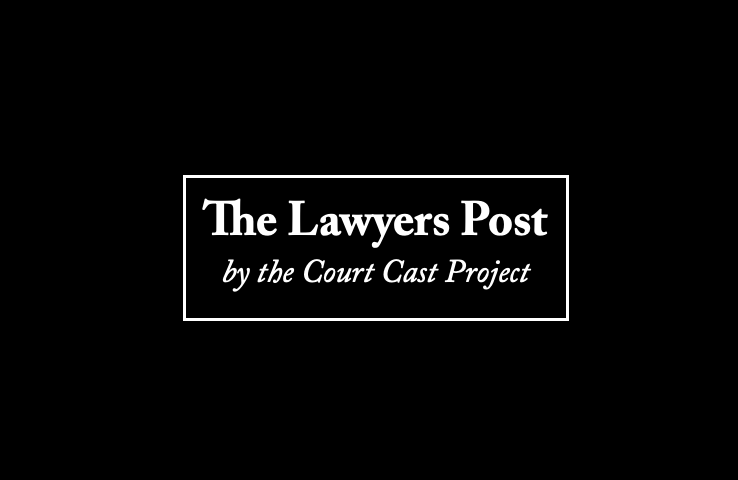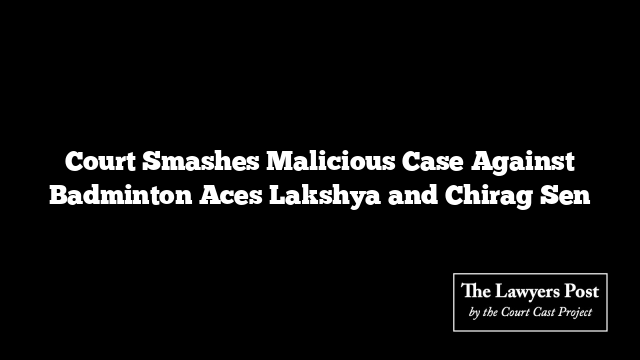The Supreme Court has pulled up lower courts for undervaluing land acquired decades ago, delivering a sharp reminder: when land is taken away, owners deserve nothing less than the best bonafide sale price—not a diluted average.
In a ruling that could recalibrate compensation norms across the country, a bench led by Chief Justice BR Gavai and Justice AG Masih junked the Bombay High Court’s earlier approval of ₹32,000 per acre for agricultural land acquired in the 1990s. The Supreme Court hiked it by a striking 82%, pushing the figure to ₹58,320 per acre.
The legal battle stems from farmland compulsorily acquired over 30 years ago to develop an industrial zone near Jintur in Maharashtra. The government initially pegged compensation at a paltry ₹10,800 per acre in 1994. Landowners fought back under Section 18 of the Land Acquisition Act, 1894, citing a sale deed from 1990 that showed a value of ₹72,900 per acre.
Both the Reference Court (in 2007) and the Bombay High Court (in 2022) declined to consider that sale exemplar, citing averaging principles instead. The Supreme Court disagreed—emphatically.
“When there are multiple genuine sales of similar land, the highest bonafide transaction must be used to fix compensation,” the Court said, quoting its own precedent in Mehrawal Khewaji Trust v. State of Punjab.
Location was key: the land sat near the Nashik-Nirmal State Highway, just two kilometers from Jintur town, and bordered a functional water tank. The Court noted it held strong non-agricultural potential, surrounded by essential amenities like a market committee, a milk cooperative, and other infrastructure.
The Court made it clear that market value must reflect not just current use, but future potential—especially in acquisitions made for public purposes like industrial zones.
“It’s well-settled,” the Court observed, “that the price a willing buyer would reasonably pay must factor in both current condition and potential use. Sale deeds from nearby, comparable plots are the most reliable method to gauge that.”
Respondents had argued for a blended average of multiple sales ranging between ₹30,000–₹35,000 per acre. The Court was unmoved: averages are for when sales fall in a tight price range—not when a clear, bonafide higher price is on record. In this case, one sale in March 1990 stood out, happening just four months before the Section 32(2) notice.
Citing additional sale deeds from Jintur that showed land values soaring after the acquisition process began, the Court found strong proof that the land’s real worth had been brushed aside.
With that, the appeal was allowed. The highest bonafide exemplar—once ignored—is now the new benchmark for justice.




